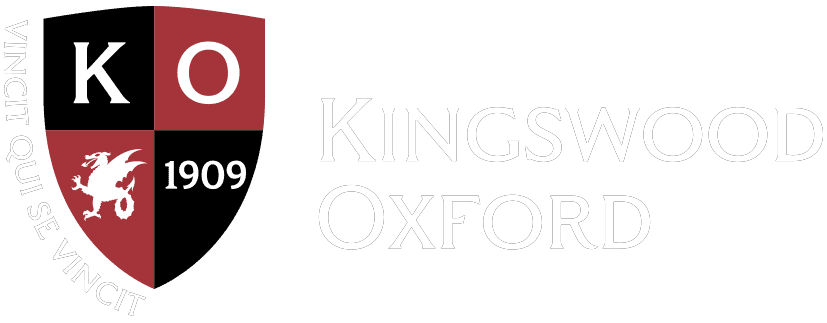February 13, 2019
Student-Led Discussions: Developing Communicators & Critical Thinkers
Director of Communications and Marketing Jackie Pisani
The goal of Kingswood Oxford’s Center for Teaching and Learning (CTL) is exploring new ways of placing students at the center of their own learning. Gone are the days of the teacher-led “chalk and talk,” where students diligently scribble notes from their instructor with little opportunity to reflect and engage with the material. Upper School English teacher Michelle Schloss employed student-led discussions in her junior class for the close reading of Colson Whitehead’s The Underground Railroad.
Whitehead’s story is divided into a balance of chapters that focus on the main character and runaway slave, Cora, and chapters that deal with ancillary characters. For this assignment, Schloss asked the students to grapple with the non-Cora-centric chapters. Assigning pairs of students to a particular chapter focused around one character – Cora’s doctor, her mother, even the slave-catcher out to capture her, among others – she provided some guidelines and structure, and let them run the show. Each pair of students were responsible for leading discussion on their chapter for at least 30 minutes.
Crafting “Good” Questions
Prior to the period that they would lead, Schloss told the students to develop a set of three questions to enable the class to come to a deeper understanding of the chapter. The questions examined character, symbolism, and a possible connection to contemporary life and times.
Great questions are the spark that set the class in motion. They are open-ended, come from a place of genuine curiosity, prompt and inspire discussion, encourage higher level, critical thinking, and empower the responders. Students in this class clarify the difference between “plot,” “critical,” and “essential” questions, making sure to set the bar high for their classmates.
StructureSchloss suggested the students employ strategies to keep the conversation moving. She offered that they structure their leadership of the class into three parts: an opening task to get the class thinking; a close reading so the class can refer back to the text; and an exit ticket that each student can produce to show their opinion and understanding of the material.
Students Motivating Students
Not all students are forthcoming with their opinions. As they took turns leading class discussion when their assigned chapter came around, Schloss was impressed with the students’ self-awareness and the ways in which they supported each other, regardless of their level of confidence. Some class leaders made their opening task writing-based, so that hesitant classmates could process questions ahead of time, and read from their free-write during the discussion later on. “They would not leave each other hanging. It’s always funny to wait for the awkward silence to break: inevitably, they threw each other a bone, and pair by pair, came up with new ways to engage each other and increase participation,” Schloss said.
Thinking On Their Feet
Schloss was most impressed by how the students reacted in the moment. “What went best in this assignment was ironically an aspect that was not formally assessed. Each pair asked excellent follow-up questions, clarifying their trains of thought and pulling responses out of their classmates. You could tell they that were really actively listening to one another, and the leaders showed great self-control in waiting, rather than immediately sharing their own ideas,” she said. Reflecting upon the class, Schloss felt that she would rework the assignment and make the preparatory requirements more open-ended. “These are smart students. I think they would have come up with this structure on their own,” she said.
Student Ownership
By instituting student-led discussions, Schloss noted that the students’ mid-term assessment on the novel carried notable student ownership. “Since they had some choice about what to write about on the assessment, many students went back to the chapter they were assigned, latched onto something, made new meaning looking back on the novel as a whole, and really owned it.”
Thinkers
Blog Main News
